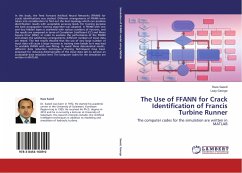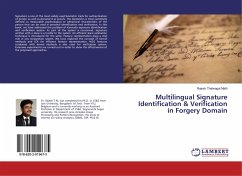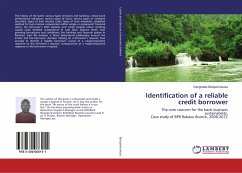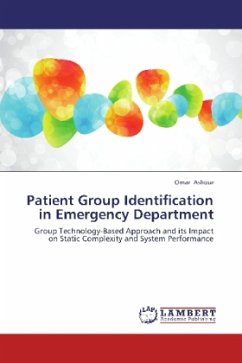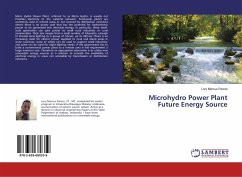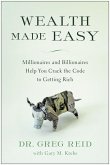In this book, the Feed Forward Artificial Neural Networks (FFANN) for cracks identifications was studied. Different arrangements of FFANN were taken into consideration to find out the best topology which can produce identification results with acceptable accuracy levels. For training purpose the back propagation training algorithm was adapted. A FFANN with one and two hidden layers is examined with various numbers of neurons, and the results are compared in terms of Correlation Coefficient (CC) and Mean Square Error (MSE). In order to examine the performance of the FFANN and obtain the satisfactory arrangements, different numbers of input data are tested. The test results showed that the use of very large number of input data will cause a large increase in training time beside to it may lead to unstable FFANN with over-fitting. To avoid these deteriorated results, different data reduction techniques (Pruning Techniques) have been proposed for reducing dimensionality of the input data sets to achieve an acceptable data reduction level. The computer codes for the simulation are written in MATLAB.

